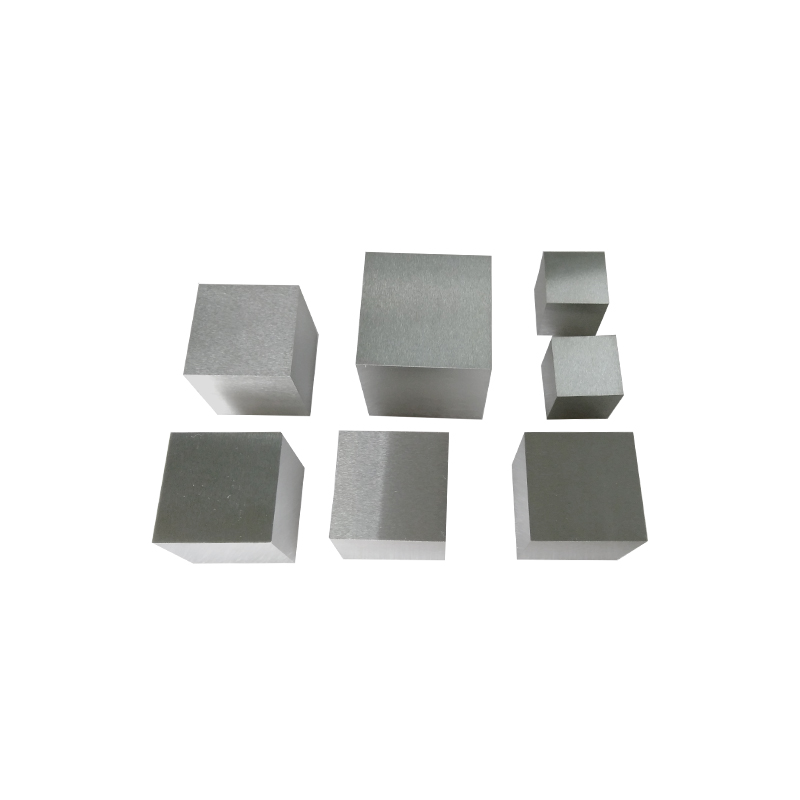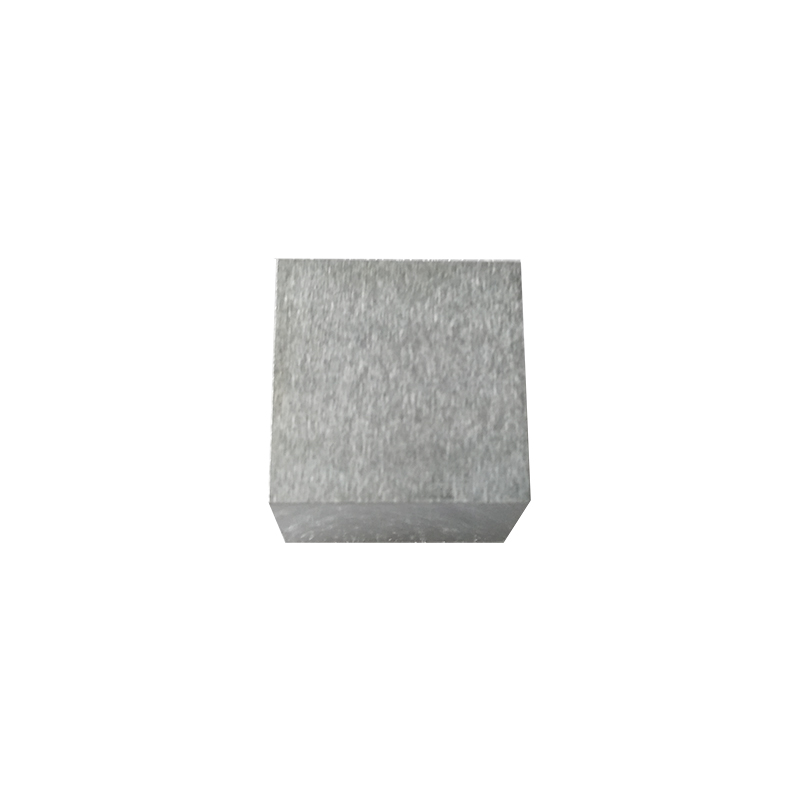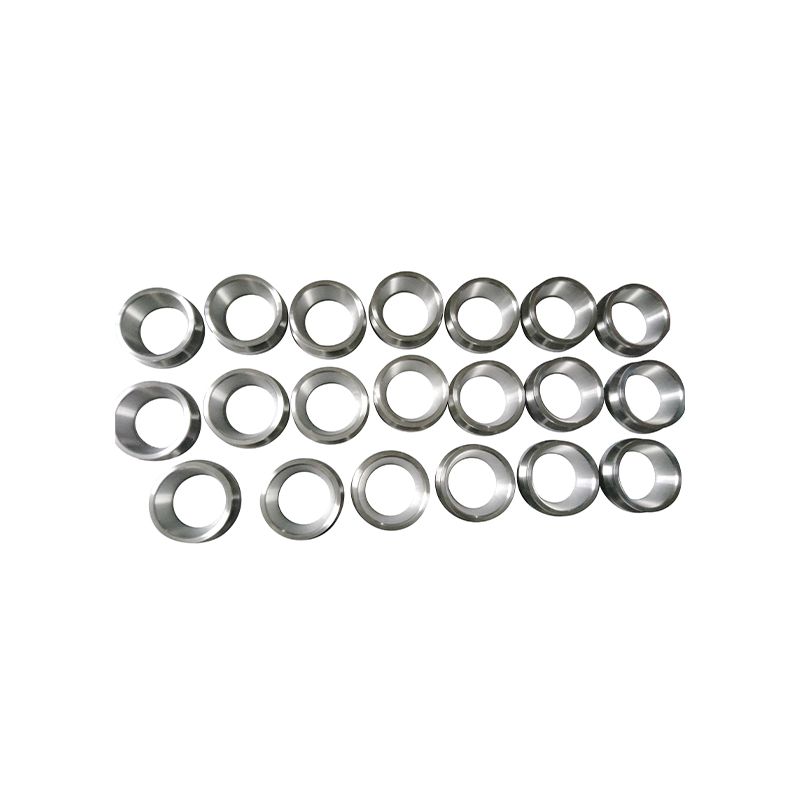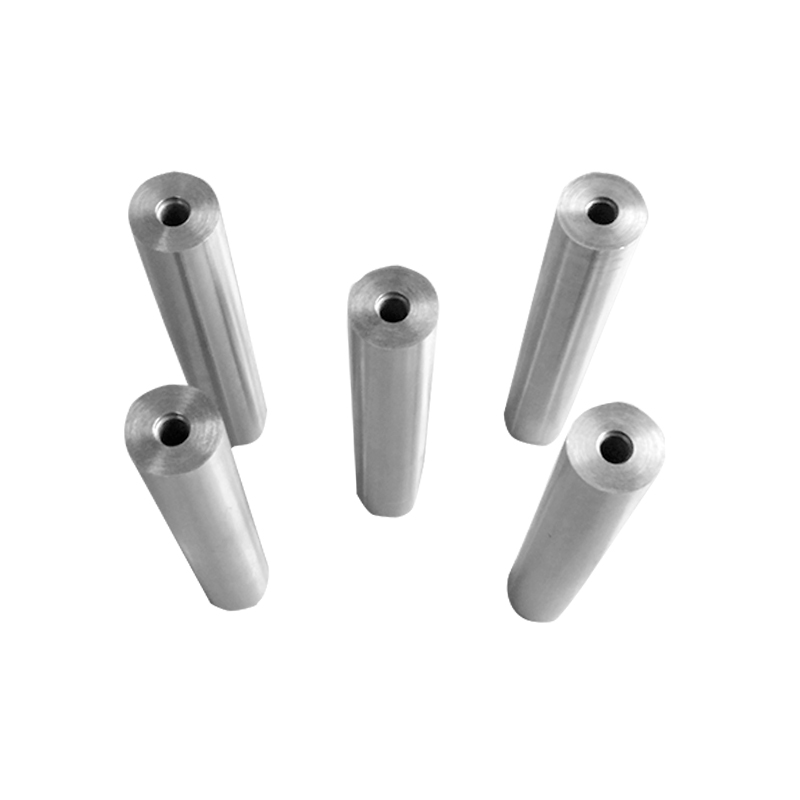In industries where extreme temperatures, chemical stability, and precision matter, materials must be carefully chosen to withstand the most demanding conditions. One such material is molybdenum, a refractory metal that plays a crucial role in many advanced technologies. Among its various forms, the molybdenum crucible is particularly important.
But what exactly is a molybdenum crucible? Why is it used in hightemperature applications, and what makes it preferable over other materials?
This article explores the key characteristics, applications, and benefits of molybdenum crucibles in modern industrial processes.
What Is a Molybdenum Crucible?
A molybdenum crucible is a container made from pure molybdenum or molybdenum alloys, designed to hold and process materials at very high temperatures. Crucibles are commonly used in melting, sintering, and crystal growth applications where the container must not react with the contents or degrade under heat.
Because molybdenum has a melting point of approximately 2,620°C (4,748°F) and offers excellent resistance to thermal shock and chemical corrosion, crucibles made from this metal are ideal for use in furnaces, vacuum environments, and aggressive processing conditions.
How Is a Molybdenum Crucible Made?
The manufacturing of molybdenum crucibles involves several precise steps:
1. Powder Metallurgy: Molybdenum powder is pressed into a mold and sintered at high temperatures to form a solid shape.
2. Forging and Machining: The sintered body is then forged, rolled, or extruded into the desired shape and size.
3. Finishing: CNC machining is used to ensure high dimensional accuracy and surface smoothness.
4. Cleaning and Inspection: Crucibles are thoroughly cleaned and inspected for defects to meet highpurity requirements.
Some molybdenum crucibles are also fabricated using sheet or rod stock for specific geometries and are often customized to suit a customer’s needs.
What Are the Key Properties of Molybdenum Crucibles?
Molybdenum crucibles offer several distinctive properties that make them highly desirable:
Extremely high melting point: They can be used in operations that exceed 2,000°C without melting or deforming.
Excellent thermal conductivity: Distributes heat evenly throughout the material.
Low vapor pressure at high temperatures: Critical for vacuum and controlledatmosphere processing.
High strength and stability: Maintains structural integrity even when subjected to rapid temperature changes.
Chemical inertness: Resists attack from most acids, bases, and molten metals under controlled conditions.
Dimensional accuracy: Manufactured with tight tolerances for precision applications.
These characteristics allow molybdenum crucibles to be used in environments where other materials, such as graphite, ceramics, or metals like stainless steel, would fail.

Where Are Molybdenum Crucibles Commonly Used?
Molybdenum crucibles are widely used across industries that demand purity and high heat resistance:
1. Crystal Growth and Semiconductor Production
Used in the Czochralski process and other crystalgrowing techniques to produce silicon, sapphire, or gallium arsenide.
Crucibles must not contaminate the growing crystal, making molybdenum’s stability vital.
2. Metallurgical Applications
Ideal for melting precious metals like platinum, iridium, and rare earth elements.
Useful in powder metallurgy and vacuum sintering processes.
3. Aerospace and Defense
Employed in hightemperature testing and component fabrication.
Supports the development of heatresistant materials used in jet engines and turbines.
4. Glass and Ceramics
Used in the melting of specialty glass or ceramics that require ultraclean processing conditions.
5. Laboratory and R\&D
Essential in chemical and materials science experiments involving high temperatures and reactive substances.
Why Is Molybdenum Preferred Over Other Crucible Materials?
Several materials are used for crucibles, including graphite, alumina, and tungsten. However, molybdenum stands out for a balance of properties:
Unlike graphite, molybdenum does not oxidize rapidly at high temperatures in vacuum or inert atmospheres.
Compared to tungsten, molybdenum is easier to machine and more affordable, while still offering excellent heat resistance.
Ceramics may crack under thermal stress, whereas molybdenum maintains mechanical strength even in rapid heating and cooling cycles.
This makes molybdenum crucibles ideal for both economic and technical performance, especially when purity and durability are critical.
Are There Limitations to Using Molybdenum Crucibles?
Despite their advantages, molybdenum crucibles have some limitations:
Oxidation Sensitivity: Molybdenum oxidizes in air at temperatures above 400°C. Therefore, it must be used in vacuum or inert gas atmospheres.
Cost: Higher initial cost compared to common materials, though justified by longevity and performance.
Handling: Brittle at room temperature, requiring careful handling during installation and use.
Specialized Equipment: Requires hightemperature and controlledenvironment furnaces for safe operation.
These limitations are often manageable in industrial setups with proper controls.
How Can You Maximize the Lifespan of a Molybdenum Crucible?
To ensure long service life, users should follow best practices:
Operate in inert or vacuum atmospheres to prevent oxidation.
Avoid thermal shock by gradually heating and cooling the crucible.
Use compatible materials to prevent chemical reaction or contamination.
Handle with care to avoid cracks or damage.
Clean thoroughly after use, especially in crystal growth or alloy melting.
By observing these guidelines, a molybdenum crucible can be reused many times, making it a costeffective solution over time.
Conclusion
A molybdenum crucible is a highperformance container engineered for use in the most demanding hightemperature processes. With its exceptional resistance to heat, corrosion, and thermal stress, it has become an indispensable tool in crystal growth, metallurgy, aerospace, and advanced research.
Although it requires careful handling and controlled environments, its reliability, precision, and purity make it a worthwhile investment for industries where performance under pressure is nonnegotiable.
As materials science continues to evolve, molybdenum crucibles will likely remain a vital component in pushing the limits of technology and manufacturing excellence.












